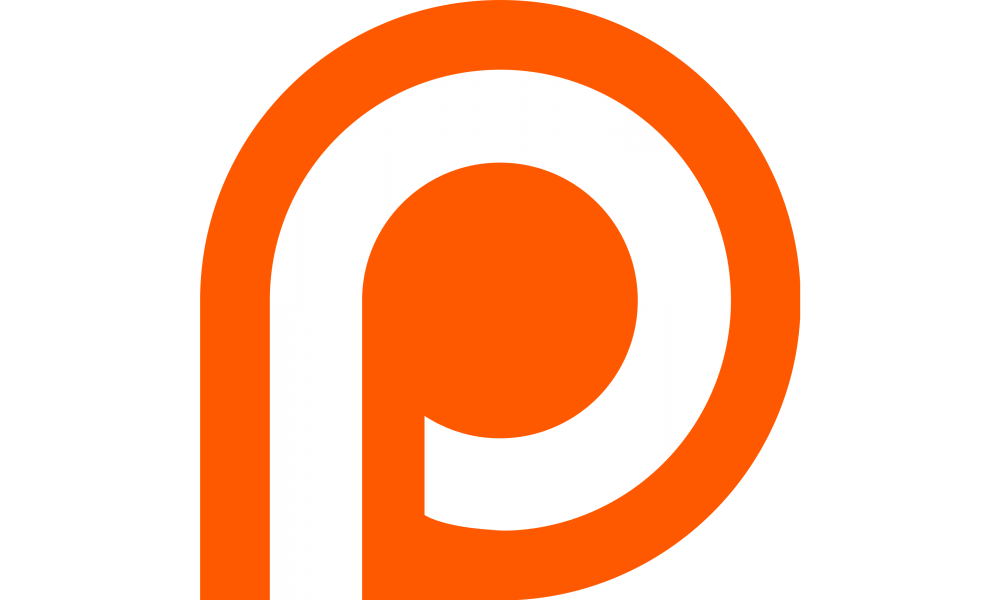
How Patreon Became More than Just a Crowdfunding Site

Creative industries worldwide have been transformed by the internet as music, words, video, games and images are being disseminated worldwide in an instant and at no cost, delivering utter bliss to our screens. The problem is in ensuring that the creative industries are paid as ad-supported means ensured this till Internet changed the world! Streaming services do make money but not for the creators existing on those platforms.
Patreon = Big money
Ultra-right Jordan B Peterson making about $1 million annually online, supported by 9,500 fans / members of Patreon is news while a leftwing podcast called Chapo Trap House earns about $100000 from 22,040 patrons. These success stories from opposite political ends highlight Patreon’s growth from a platform for a struggling YouTube musician, to the economic infrastructural behemoth controlling the indie net.
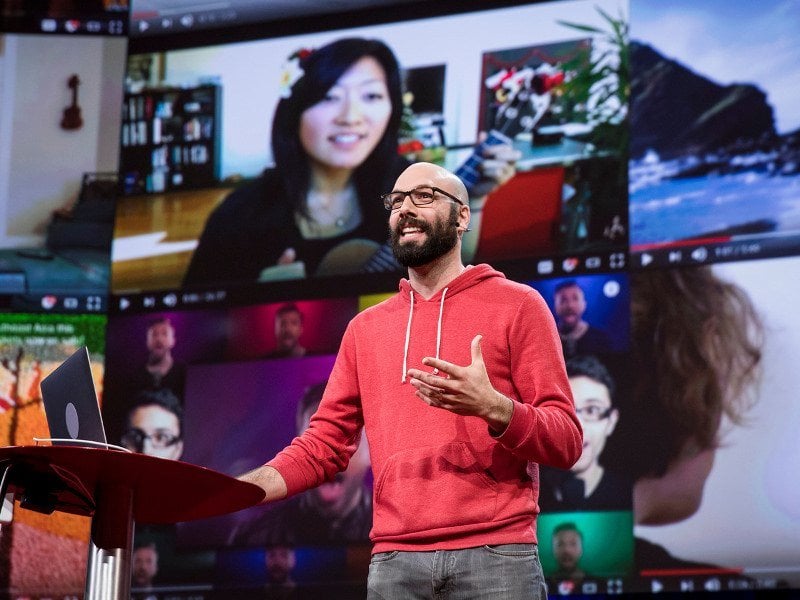
Patreon founder Jack Conte at a press meet
Jack Conte and his roommate Sam Yam founded Patreon in May of 2013. Conte was already a fairly successful musician on YouTube with 150,000 subscribers but earned only $50 every month from the website. Patreon focused on a few hundred of his biggest fans paying low cash amounts on a periodic basis, to fund continued creative activities. By 2014, as thousands of fans paid about $7,000 for each original video, Patreon was creating a new, huge online economy not compatible with an indie musician. It employs 140 people in San Francisco, hosting 100,000 creators, sustained by two million benefactors. Since 2014, it has paid more than $350 million, and in 2018 will pay $300 million, twice the amount paid in 2017.
A lot of success stories
A total of 625 sponsors, giving $4,146 every month, support Laurie Penny, a writer after she signed up in January 2017. After serious consideration for two years as her audience and community had always been online she joined up rather than dance to the whims of a single editor. She has been able to concentrate on research and work deep for a book enabling what was not possible before. Penny had big plans for Patreon but personal circumstances forced changes and her patrons support work done elsewhere, instead of paying for gaining access to a product which was a revelation for her. The Guardian also now employs the membership model and other well- established outlets are switching over to this mode.
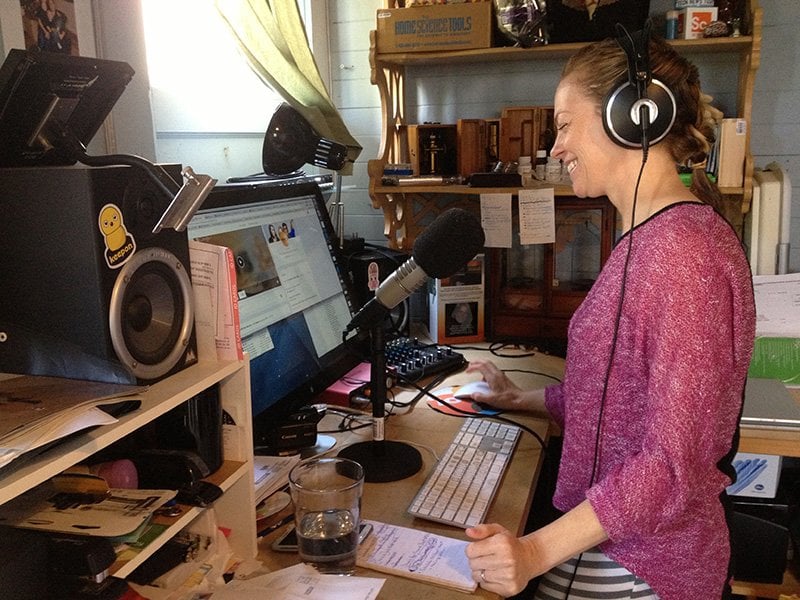
Journalist and writer Zoe Margolis, launched her individual Patreon page in 2018 is regaining some personal connections when she wrote her pseudonymous blog, Girl With a One Track Mind. The stuff posted is secret which people contributing can see, is more personal, neurotic and about how boring life can be. People connect with it as she is human, with flaws, and does very honest blogging not posted elsewhere.
Tension between “subscribing to” and “supporting” creators has existed at Patreon. They recently changed from being just a crowdfunding platform to one, which relies on “membership”. Creators want to get suitably remunerated for producing something that has value out into the world and the crowdfunding model at times made people feel as if they were begging for money. Creators wish to receive payments for something of value put out, rather than beg for money.
Not just a ‘tip jar’ any more
Keeping the heat on and their rent paid is not the whole story and some of Peterson’s backers may have vacillated before enhancing his revenue by another $1 million a year. The shift from the “tip jar” approach to a more focused one is a “value exchange as unlike a simple trade, most people feel if you like it then you pay for it. As much as payments are, obviously, crucial, for many an impassioned creators, the site itself is just as important.
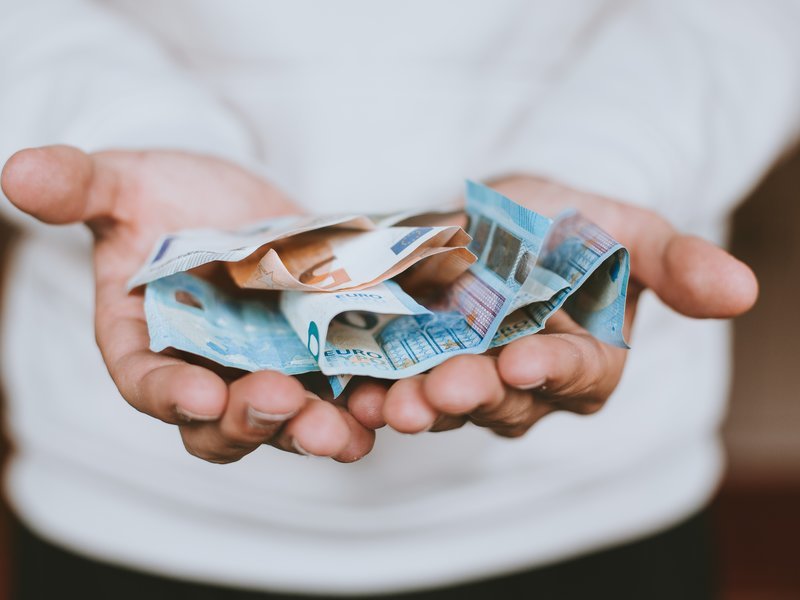
An aspect unique to Peterson’s followers is that the right winged today, are very entrepreneurial. Though payments are critical, for several creators the site is important for acknowledging super-fans and allowing them to come forward and differentiate themselves from the rest of the crowd. The switch to membership is not just asking for money, but receiving payment for something.
Stiff comepetition
One of Patreon’s paramount strengths is that it’s popularity and growth attracts competition. The website Kickstarter has developed clone of Patreon called Drip, while other firms are applying membership concepts laxly. Twitch, a video game site permits users to sell subscriptions to viewers, with a feel of belonging.
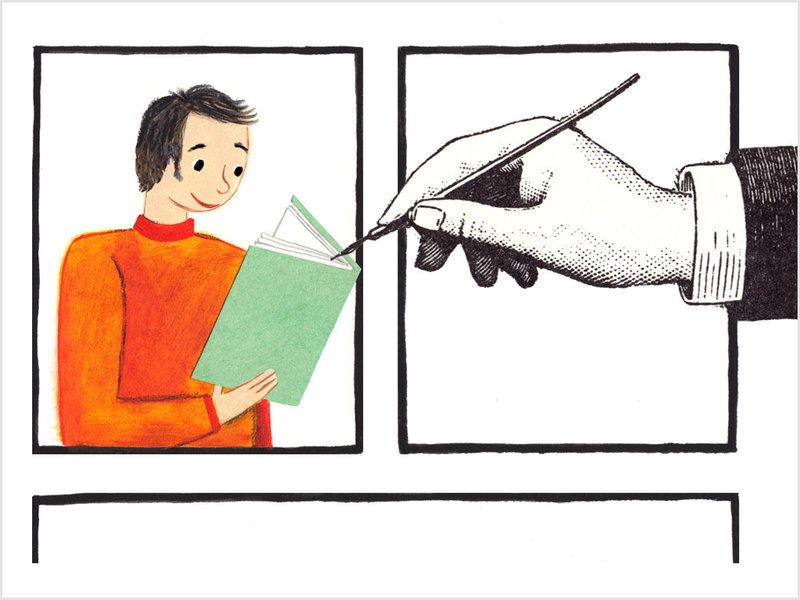
But as an independent creator, you can use multiple platforms and limiting activities to only one, is rather unnatural. Patreon’s growth inevitably poses new challenges as the creator’s broad definition includes YouTube shock-jocks, and game developers and as also traditional musicians, writers and artists. There is no explicit boundary for a creator and they wouldn’t want someone to start making their decisions about creativity and their art.
But it has solved the greatest challenge ever faced: just directing people on the net to open up their wallets, feed in their credit or debit card details and pay for the mass of content available. That being done, everything else is just chicken-feed.
More in Crowd Funding
-
`
Inflation forces 38% of American Adults To Delay Major Purchases
Many American adults are delaying major milestones such as buying a house or buying a car due to inflation. 51% of...
July 28, 2023 -
`
What are the Rich Spending their Money on the Most? THIS!
Money waste is a rather personal matter. Personal finances are very private, and you are in charge of deciding how you...
July 16, 2023 -
`
Hobbies That Keep the World’s Top Billionaires Busy
Like their sources of money, famous billionaires’ hobbies tend to be unconventional. These business leaders, entrepreneurs, industrialists, and creators of IT...
July 4, 2023 -
`
How to Choose Between Online Banks Offering High Interest Savings Rates
Savings account interest rates are on the rise, but the national average savings rate is only 0.08%, mainly for large, national...
June 25, 2023 -
`
Inflation is Evidently Affecting Your House Buying Ability
The globe is affected by inflation, but the United States has been most afflicted, with an annual inflation rate of 8.5%...
June 18, 2023 -
`
Could You Manage to Recession-proof Your Savings? Start Now!
Recession impacts your yavings and without a job, your savings could pay your bills. Even with a job, your investment value...
June 1, 2023 -
`
So You’re a Journalist Trying to Crowdfund? We Got You!
Crowdfunding involves convincing many people to contribute small sums of money for specific projects, via the Internet, using reliable payment portals....
May 30, 2023 -
`
The Most Romantic Celebrity Dates You Can Take Cues From
There is much to be said for over-the-top romantic gestures that are important, even though everyone has undoubtedly had breathtaking dates...
May 29, 2023 -
`
What is P2P Lending and How Does it Differ from Crowdfunding?
People often lump peer-to-peer lending with crowd-funding, but between these two types of business finance, important distinctions exist as they involve...
May 25, 2023


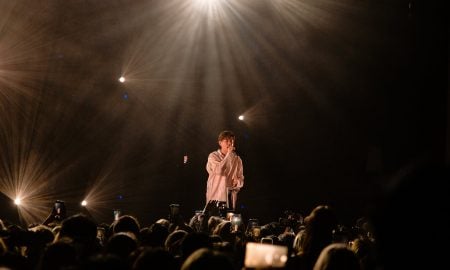
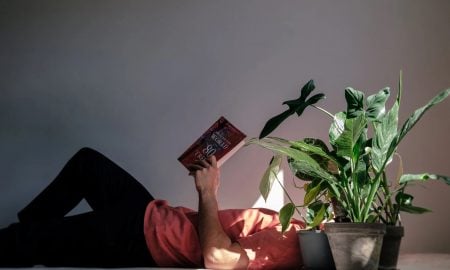
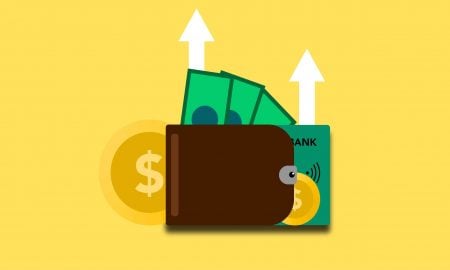


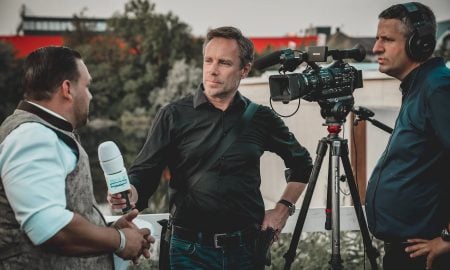




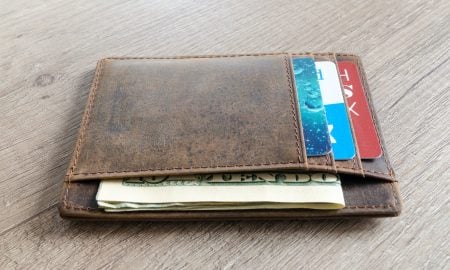


You must be logged in to post a comment Login